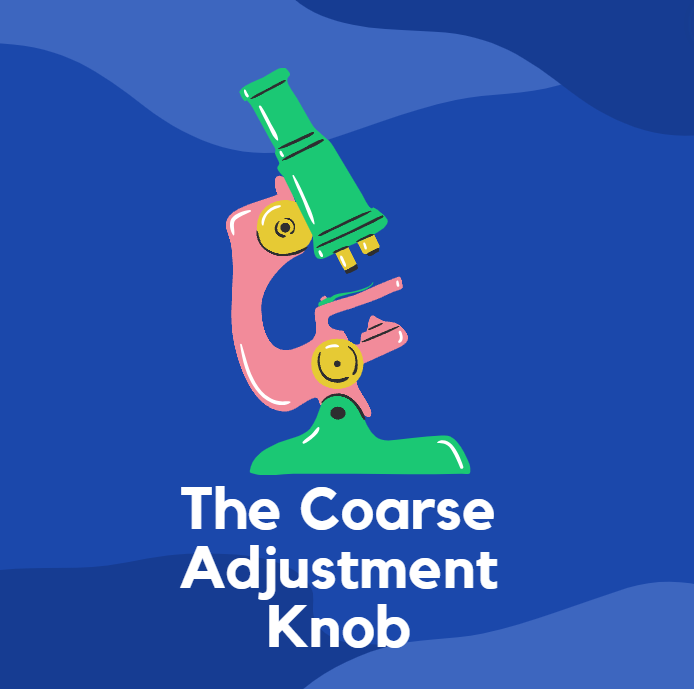The coarse adjustment knob is one of the most fundamental parts of a microscope, but do you really know how it works and why it’s so crucial? Whether you’re a student, hobbyist, or professional, understanding this tiny yet significant knob can make a big difference in how you view the microscopic world. Let’s dive into the fascinating role this knob plays in magnifying your world.
Table of Contents
1. What Is a Coarse Adjustment Knob?
The coarse adjustment knob is a large knob located on the side of a microscope. Its main job is to bring the specimen into focus by moving the stage (the platform holding the slide) closer or farther from the objective lens. Think of it like adjusting the zoom on a camera—except instead of changing the lens, you are physically moving the stage to get a clearer view.
2. The Purpose of the Coarse Adjustment Knob
Why is this knob so important? It helps you quickly bring the object into general focus, especially when you’re starting with low magnification. This rapid adjustment allows you to get a rough idea of the specimen’s details before fine-tuning the image with the fine adjustment knob.
3. How Does the Coarse Adjustment Knob Work?
When you turn the knob, it moves the stage up or down. This alters the distance between the slide and the objective lens, which brings the object into or out of focus. The knob’s movements are larger compared to the fine adjustment knob, allowing for quicker focusing.
4. Coarse Adjustment Knob vs. Fine Adjustment Knob
It’s easy to confuse the two, but they serve different purposes. The knob makes larger adjustments, while the fine adjustment knob makes small, precise movements. You start with the coarse knob for a broad focus and then use the fine knob for detailed focusing.
5. Importance of the Coarse Adjustment Knob in Microscopy
Without the knob, microscopes would be frustrating to use. Imagine trying to focus on a tiny object using only minute adjustments—it would take forever! This knob saves you time by quickly bringing the specimen into view, allowing you to focus more on what’s important: studying the object under the lens.
6. Adjusting Focus with the Coarse Adjustment Knob
Using the coarse adjustment knob is simple. Place your slide on the stage, look through the eyepiece, and turn the knob until the object comes into focus. Always start at the lowest magnification, as this is where the coarse knob works best. Once in focus, you can switch to higher magnifications and make finer adjustments as needed.
7. Using the Coarse Adjustment Knob Safely
One common mistake people make is moving the knob too quickly, which can cause the slide to crash into the objective lens. To avoid this, move the knob slowly and be mindful of the distance between the slide and lens. If you feel resistance, stop immediately to prevent damage.
8. Common Issues with Coarse Adjustment Knobs
Like any mechanical part, the knob can experience problems over time. It may become loose, stiff, or unresponsive. Regular maintenance, such as cleaning and tightening, can help keep it functioning smoothly. If you encounter issues, consult the microscope’s manual or seek professional help.
Conclusion
The coarse adjustment knob might seem like a small part of a microscope, but its role is indispensable in helping you explore the microscopic world. By quickly bringing specimens into focus, it allows you to make more precise adjustments and dive deeper into the details. Whether you’re a beginner or an experienced user, mastering the use of the coarse adjustment knob is key to unlocking the full potential of your microscope.


Leave a Reply